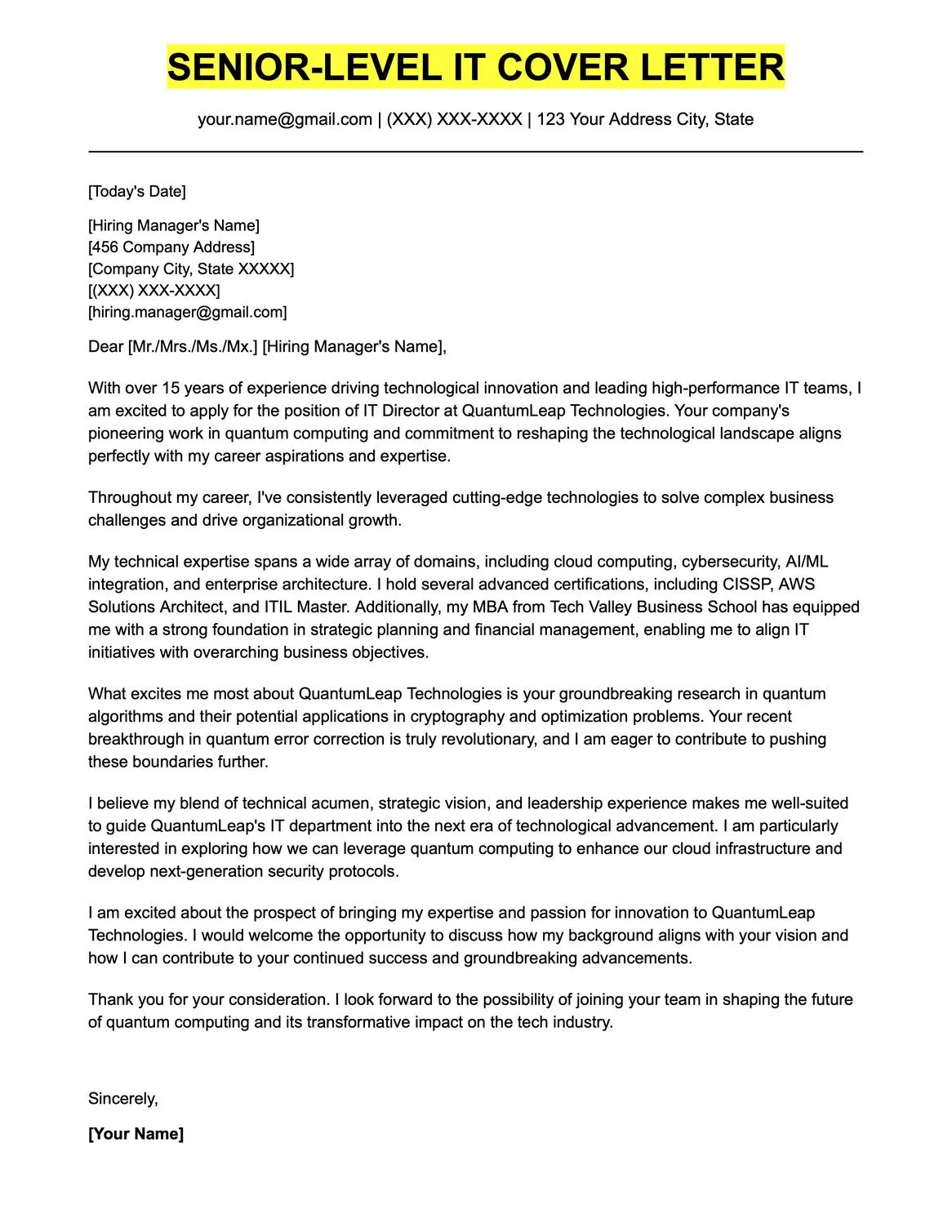Cover Letter Secrets
In the competitive world of job applications, a well-crafted cover letter can be your key to unlocking the door to your dream career. More than just a formality, it’s your opportunity to make a strong first impression, showcasing your personality, skills, and genuine interest in the position. A successful cover letter goes beyond simply restating your resume; it tells a story, highlights your unique value proposition, and persuades the hiring manager to invite you for an interview. This guide delves into the top 7 secrets that will empower you to write cover letters that captivate, impress, and ultimately, land you the job you desire. By incorporating these strategies, you’ll not only stand out from the crowd but also significantly increase your chances of securing an interview and advancing your career goals.
Highlight Your Strengths
Your cover letter is your chance to shine a spotlight on your most relevant skills and abilities. Think of it as a carefully curated selection of your best qualities that align with the job description. Start by identifying the key skills and experiences the employer is seeking. Then, for each one, provide a specific example from your past that demonstrates your proficiency. This is not the place to be shy; be confident and clear about what you bring to the table. Using strong action verbs and quantifiable results will further emphasize your capabilities. By clearly articulating your strengths in relation to the job requirements, you’ll make a compelling case for why you’re the perfect fit for the role, significantly increasing your chances of capturing the hiring manager’s attention and moving forward in the application process. This approach not only showcases your qualifications but also highlights your understanding of the employer’s needs.
Quantify Your Achievements
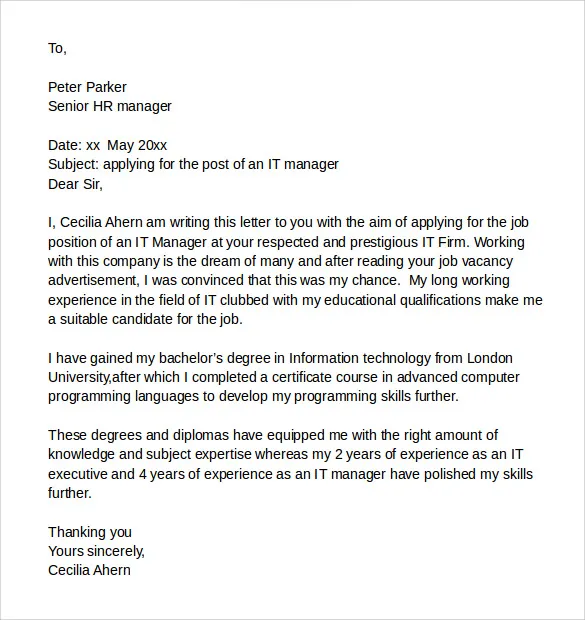
Numbers speak louder than words, especially in the world of job applications. Whenever possible, use quantifiable data to showcase your achievements. Instead of saying “Improved customer satisfaction,” state “Increased customer satisfaction scores by 20% through implementing a new support system.” This level of detail makes your accomplishments tangible and demonstrates the impact you’ve made in previous roles. Think about how you’ve saved time, increased revenue, reduced costs, or improved efficiency. These metrics provide concrete evidence of your value and make your claims more credible. Include percentages, dollar amounts, and specific figures to make your achievements stand out. This approach not only strengthens your cover letter but also gives the hiring manager a clear understanding of the value you can bring to their organization. Remember, concrete results are far more persuasive than vague statements, so make sure your cover letter is rich with specific data.
Tailor to the Job
Generic cover letters are easily identified and often end up in the rejection pile. The secret to a winning cover letter is tailoring it specifically to each job you apply for. Carefully review the job description and identify the key requirements and keywords. Then, customize your letter to address those specific needs. Highlight the skills and experiences that align with the job requirements, and use the same language the employer uses. Demonstrate your understanding of the company’s mission and values and explain why you’re genuinely interested in the position and the organization. This shows that you’ve taken the time to research the role and the company, and that you’re not just sending out a mass application. Tailoring your cover letter demonstrates your commitment to the opportunity and increases your chances of making a positive impression. It also showcases your attention to detail and your ability to understand and meet the specific needs of the role, setting you apart from candidates who submit generic applications.
Research the Company
Before writing your cover letter, invest time in researching the company. Visit their website, read their ‘About Us’ section, and explore their social media profiles. Understand their mission, values, and recent projects. This knowledge allows you to personalize your cover letter and demonstrate your genuine interest in the organization. Mention specific aspects of the company that appeal to you and explain how your skills and experience align with their goals. Showing that you’ve done your homework and understand their business will make a strong impression on the hiring manager. It proves that you’re not just looking for any job, but that you specifically want to work for their company. This level of preparation shows initiative and a proactive approach, increasing your chances of being considered a serious candidate. This step will elevate your application and provide you with valuable talking points for your interview.
Show, Don’t Tell
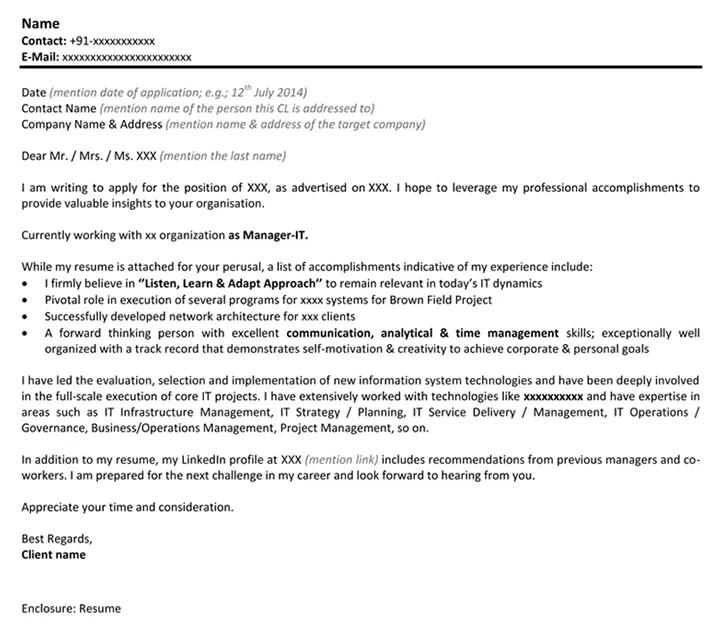
Instead of simply stating that you possess certain skills or qualities, demonstrate them through examples. Don’t just say you are a good communicator; provide an instance where you effectively communicated a complex idea to a diverse audience. Instead of saying you are a problem-solver, describe a situation where you successfully identified and resolved a significant issue. By providing concrete examples, you make your claims more credible and memorable. Your cover letter should tell a story, showcasing your abilities through specific experiences and achievements. This approach allows the hiring manager to visualize your skills in action, making a much more impactful impression than a list of generic attributes. When you show, you don’t just tell; you persuade, making your cover letter more compelling and increasing your chances of securing an interview.
Proofread Carefully
Typos, grammatical errors, and formatting inconsistencies can undermine your credibility and make you appear unprofessional. Before submitting your cover letter, carefully proofread it multiple times. Use a spell-checker and grammar-checker, but also read it aloud to catch any awkward phrasing or errors that automated tools might miss. Consider asking a friend, family member, or career advisor to review your letter as well. A fresh pair of eyes can often spot mistakes you might overlook. Ensure your letter is well-organized, easy to read, and free of any errors. A polished and professional cover letter demonstrates your attention to detail and respect for the opportunity. Taking the time to proofread ensures that your skills and experience are presented in the best possible light, increasing your chances of making a positive impression and moving forward in the application process. This final step is crucial for presenting yourself as a competent and professional candidate.
Choose the Right Format
The format of your cover letter should be clean, professional, and easy to read. Use a standard font like Times New Roman, Arial, or Calibri, and maintain consistent font sizes and spacing. Keep your letter concise, ideally within one page. Begin with a professional salutation, such as “Dear Mr./Ms. [Last Name],” if you know the hiring manager’s name. If not, use a general greeting like “Dear Hiring Manager.” Clearly state the position you’re applying for in the opening paragraph. Use clear headings and bullet points to break up the text and make it more scannable. End with a strong closing paragraph, reiterating your interest and thanking the reader for their time and consideration. A well-formatted cover letter is visually appealing and easy to navigate, making a positive impression and ensuring your key qualifications are easily accessible to the hiring manager. This shows that you respect the reader’s time and value clarity and professionalism.
Cover Letter Example: Putting It All Together
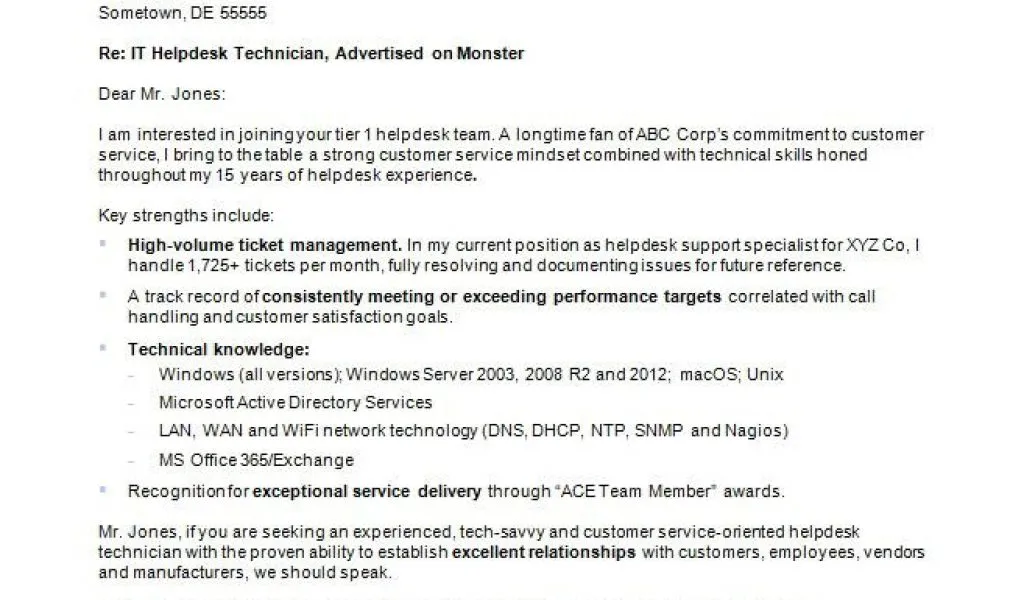
Formatting and Structure
Your cover letter should be a well-structured document that follows a logical flow. Start with your contact information and the date, followed by the hiring manager’s information. Use a clear and professional salutation to address the recipient. The body of your letter should be divided into distinct paragraphs, each focusing on a specific aspect of your qualifications and interest. The first paragraph should state the position you are applying for and where you found the job posting. The subsequent paragraphs should highlight your skills, experiences, and achievements, tailoring them to the specific requirements of the job. Conclude with a strong closing paragraph, reiterating your interest and thanking the reader. Maintain a consistent font and formatting throughout the document. This will demonstrate your professionalism and attention to detail. This structure ensures that your cover letter is easy to read, making it more likely to capture the hiring manager’s attention.
Content and Tone
The content and tone of your cover letter should be professional, enthusiastic, and tailored to the specific role and company. Use a positive and confident tone, highlighting your accomplishments and expressing your genuine interest in the opportunity. Avoid using overly casual language or slang. Instead, use clear, concise language and strong action verbs to describe your skills and experiences. Tailor your letter to the job description, emphasizing the qualifications and experiences that align with the employer’s needs. Showcasing your understanding of the company’s values and culture can also help. Proofread your letter carefully to ensure there are no grammatical errors or typos. Your content should be compelling, showcasing your strengths and why you’re a good fit for the role, but your tone must remain professional. This will help you make a positive impression on the hiring manager and increase your chances of securing an interview.
Common Cover Letter Mistakes
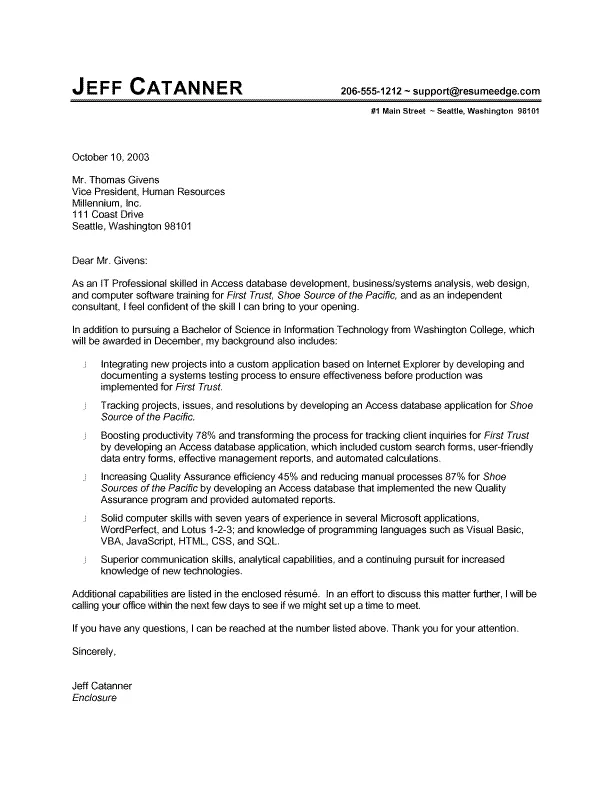
Generic Letters
One of the most common mistakes is sending out generic cover letters that are not tailored to the specific job or company. These letters often lack the necessary personalization to capture the hiring manager’s attention. The use of generic phrases and a lack of specific details about the role or company can signal a lack of genuine interest. To avoid this, research the company, understand the job requirements, and tailor your cover letter accordingly. Highlight your skills and experiences that align with the specific needs of the position. Demonstrate your understanding of the company’s mission, values, and culture. By making your letter relevant and specific, you’ll significantly increase your chances of standing out from the crowd and demonstrating your enthusiasm for the opportunity. This personalized approach is crucial for making a positive impression and showing you’re truly interested in the role.
Typos and Grammatical Errors
Typos and grammatical errors can be a major turnoff for hiring managers. These errors reflect a lack of attention to detail and can make you appear unprofessional. Always proofread your cover letter multiple times before submitting it. Use spell-check and grammar-check tools, but also read your letter aloud to catch any awkward phrasing or mistakes that the tools might miss. It’s also helpful to have a friend or colleague review your letter for errors. A well-written and error-free cover letter demonstrates your professionalism and attention to detail, making a positive impression on the hiring manager. Proofreading ensures your skills and experience are presented in the best possible light, which will increase your chances of success in the job application process. A clean and polished letter suggests that you take your application and the opportunity seriously.
Lack of Enthusiasm
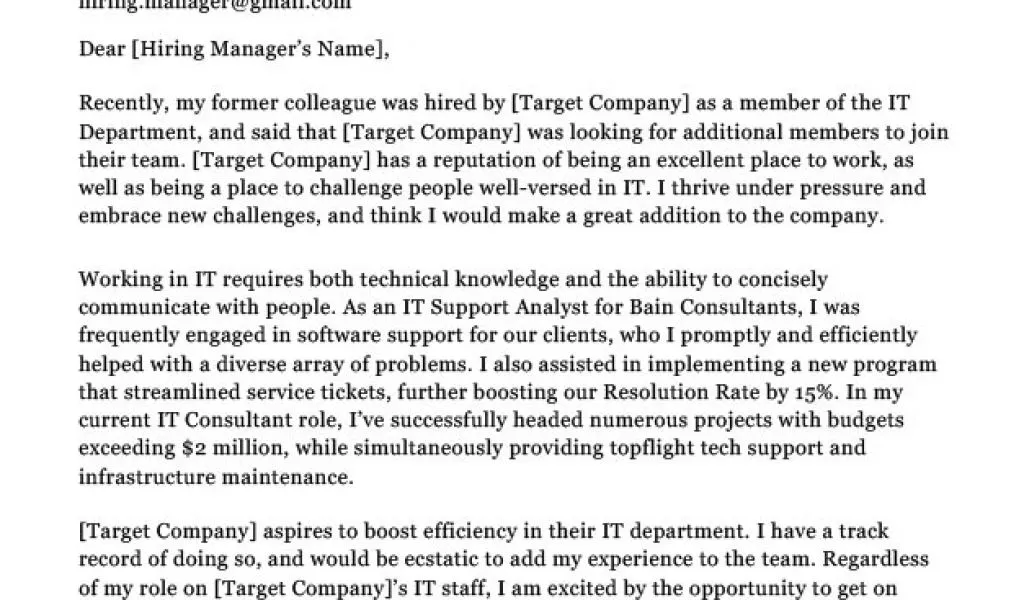
A cover letter should convey your genuine interest in the position and the company. A lack of enthusiasm can be a major deterrent for hiring managers. Avoid using generic language and instead, express your excitement about the opportunity and explain why you’re drawn to the role and the organization. Show that you’ve researched the company, understand their mission and values, and are eager to contribute. Highlight what excites you about the position and how your skills and experiences align with their needs. A passionate cover letter makes a positive impression and demonstrates your commitment to the opportunity. By clearly articulating your enthusiasm, you’ll capture the hiring manager’s attention and increase your chances of moving forward in the application process. Your passion can be a significant differentiator when competing with other candidates.
Conclusion
Writing a compelling cover letter is an essential skill for any job seeker. By following these seven secrets – highlighting your strengths, quantifying your achievements, tailoring to the job, researching the company, showing instead of telling, proofreading carefully, and choosing the right format – you can create a cover letter that will impress potential employers. Remember to avoid common mistakes such as generic letters, typos, and a lack of enthusiasm. Crafting a well-written cover letter is an investment in your career, increasing your chances of landing an interview and ultimately securing your dream job. Take the time to refine your cover letter, and it will serve as a powerful tool in your job search. Good luck with your applications!
